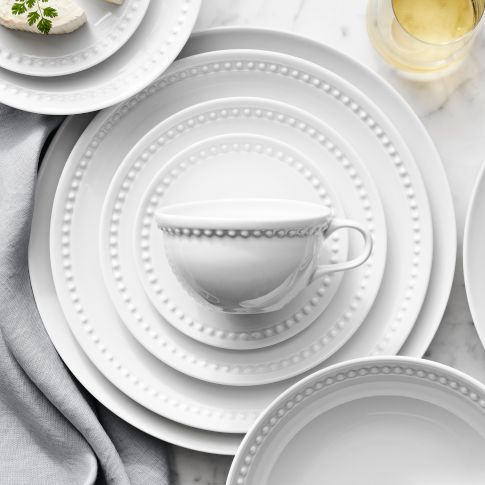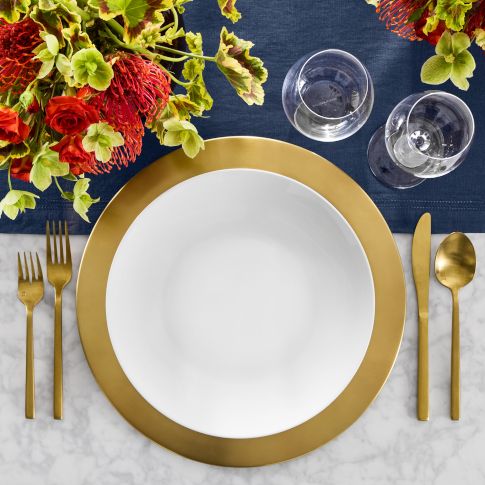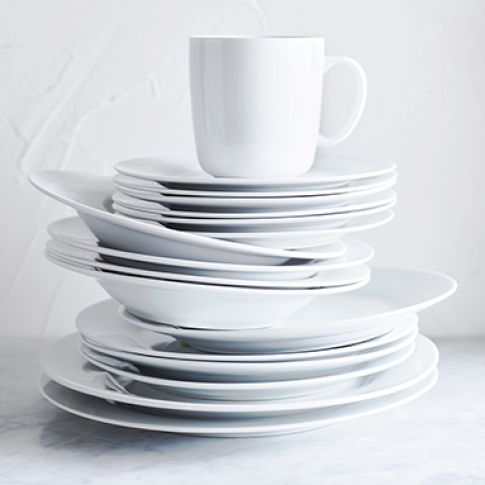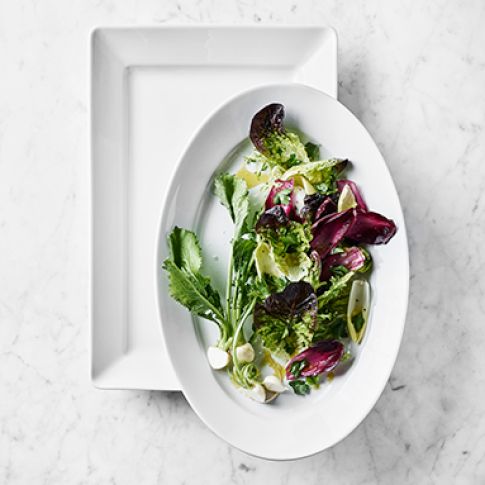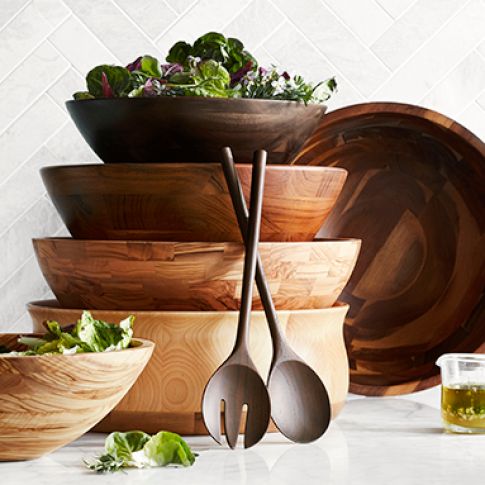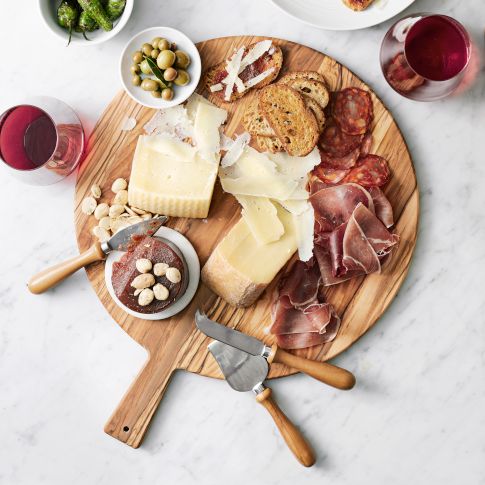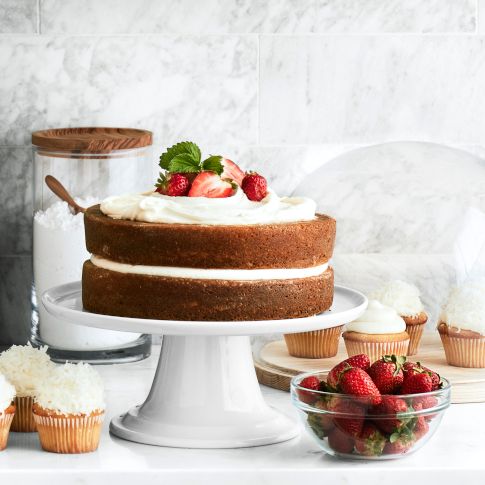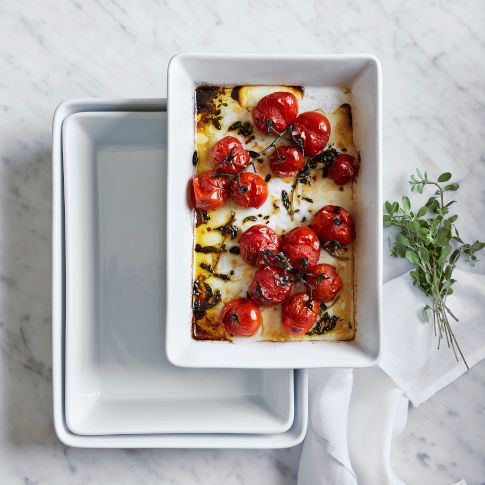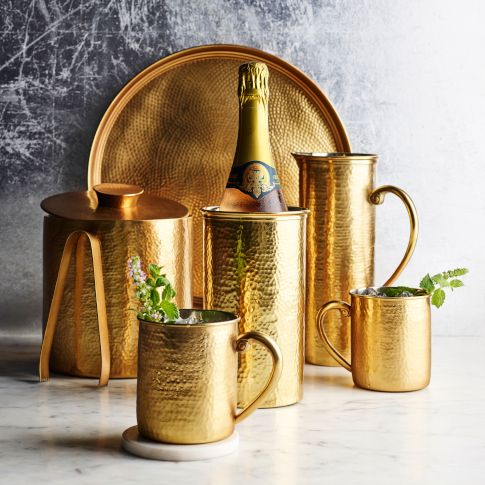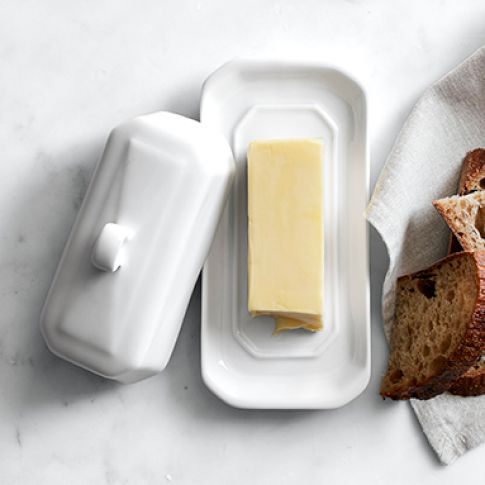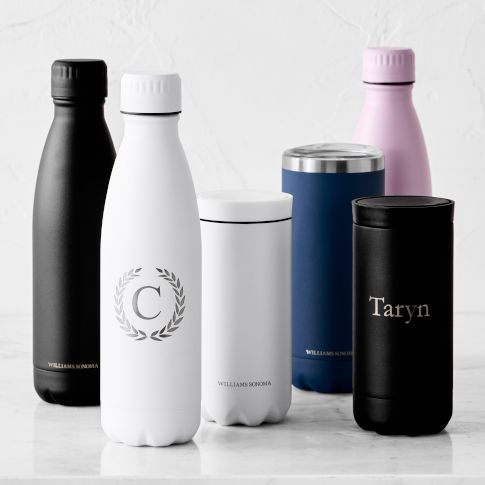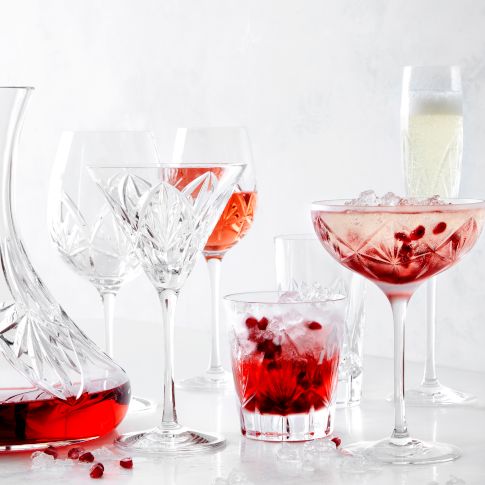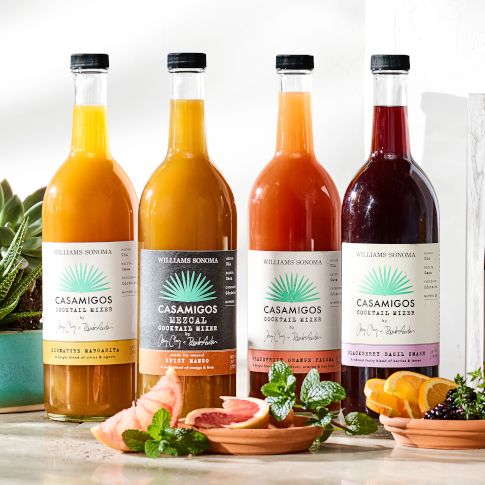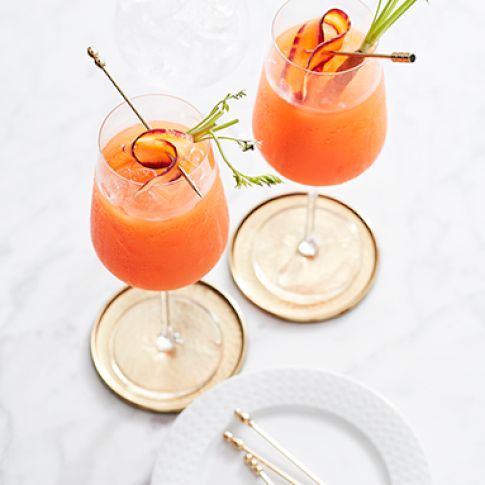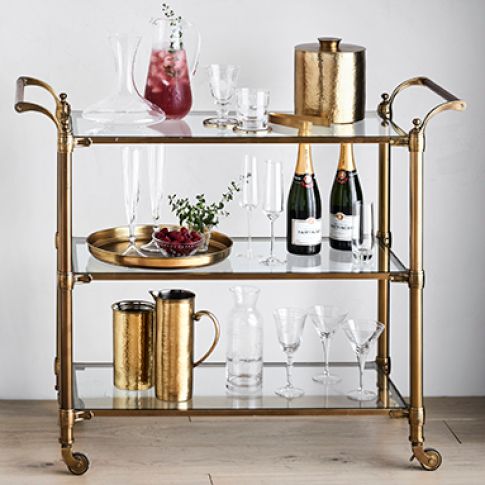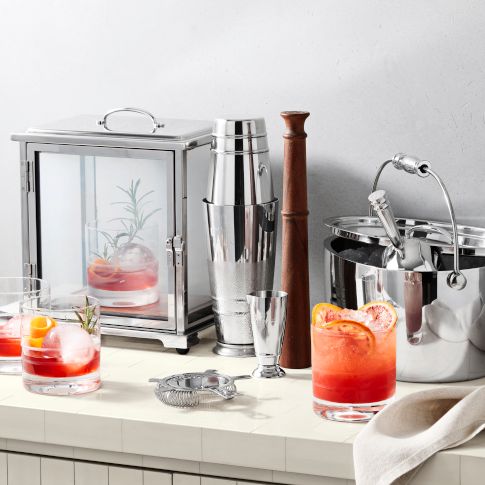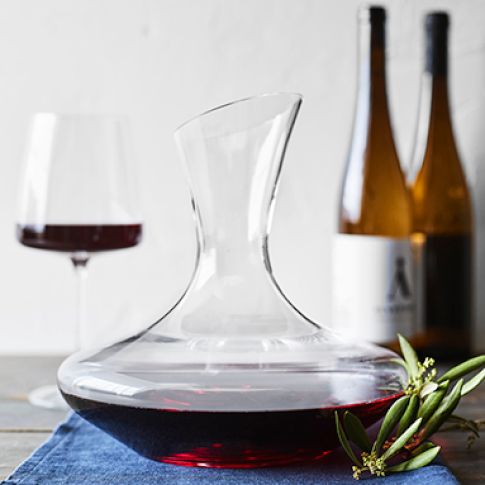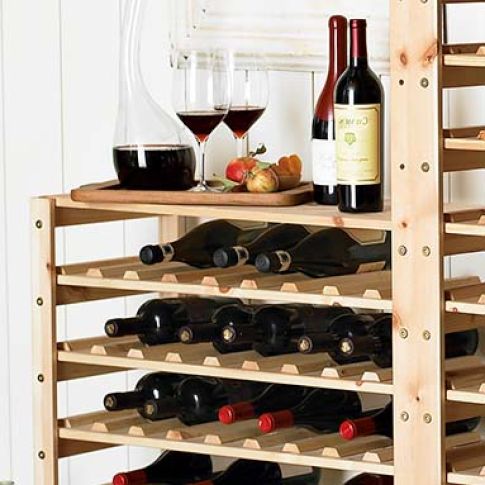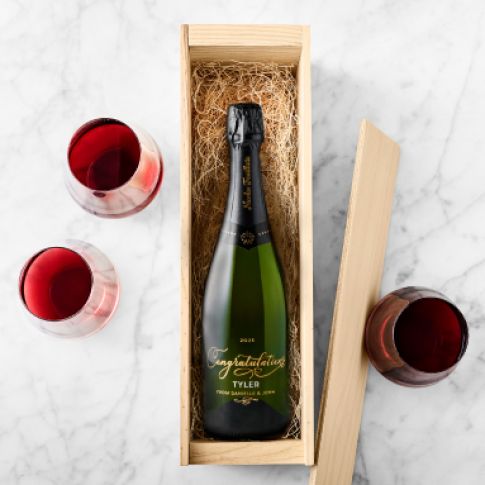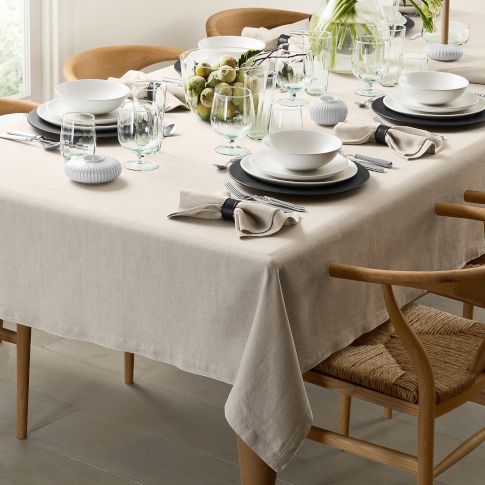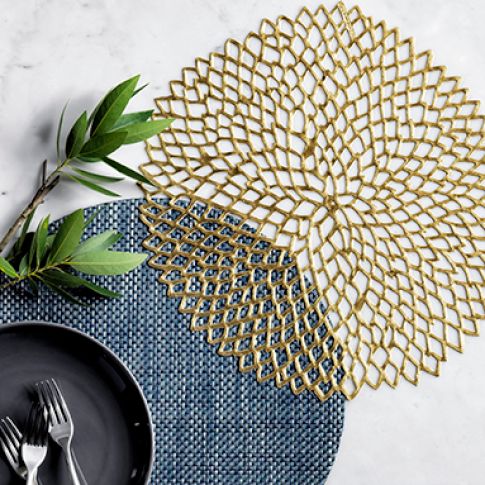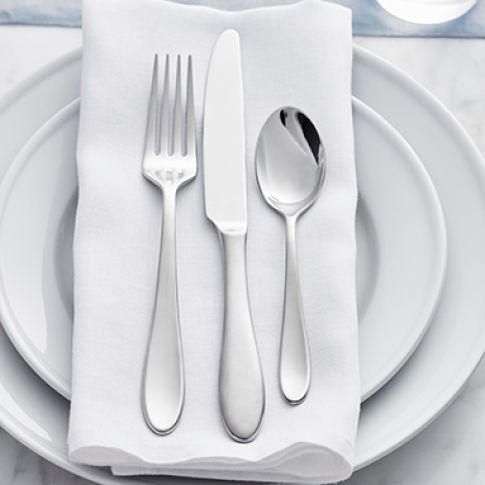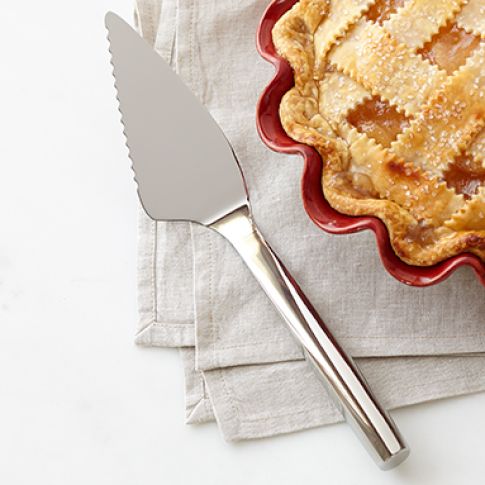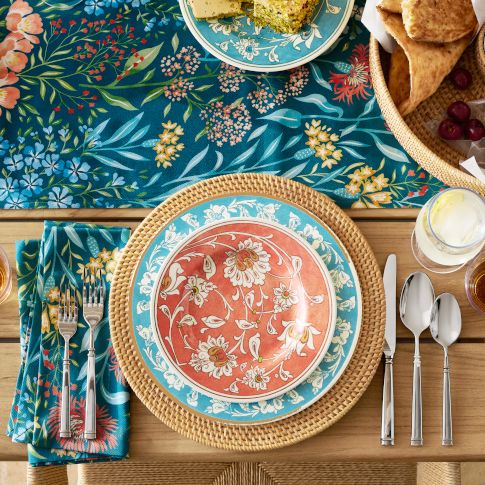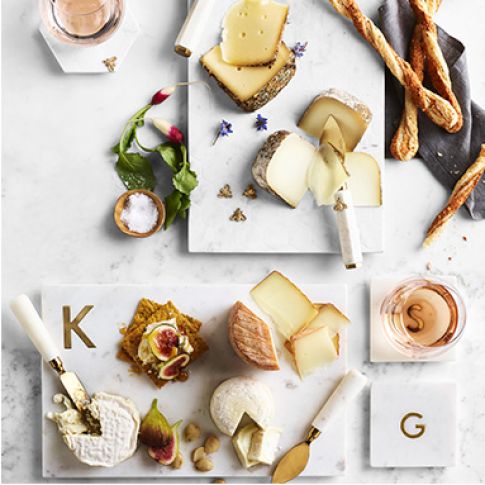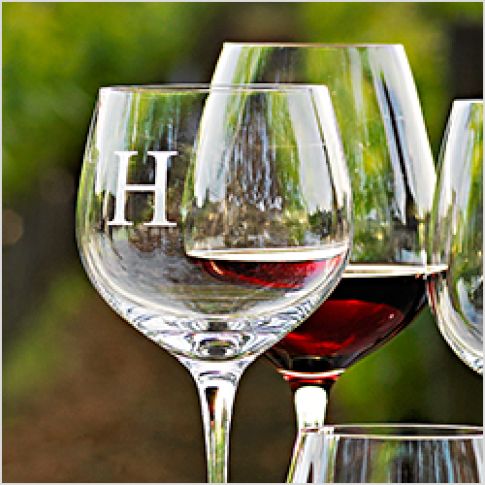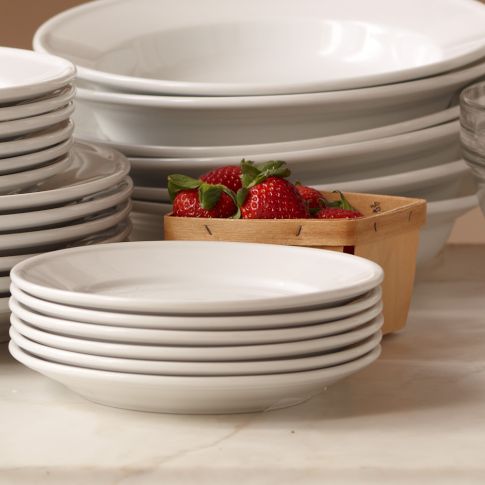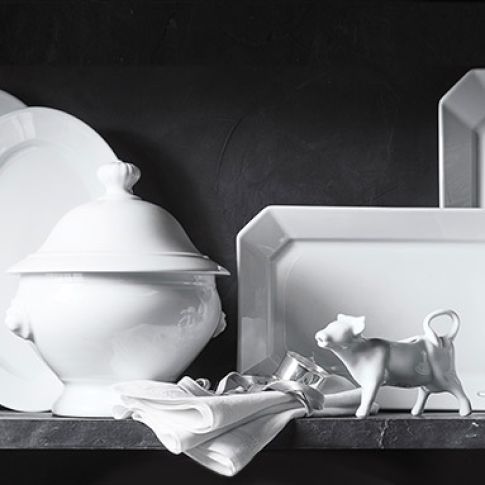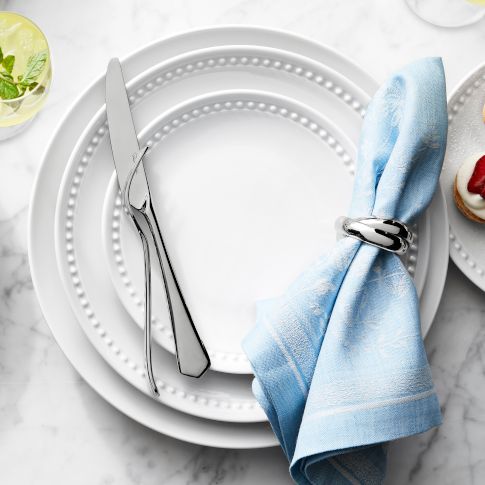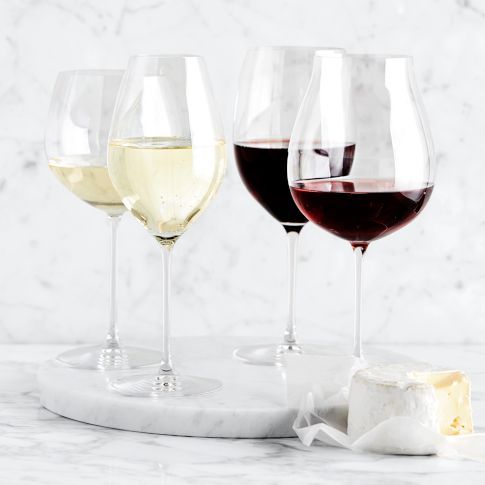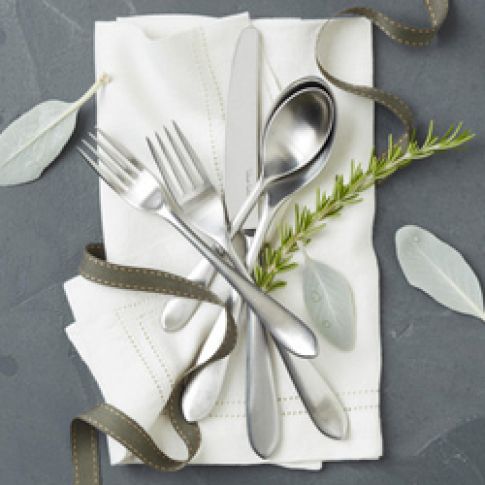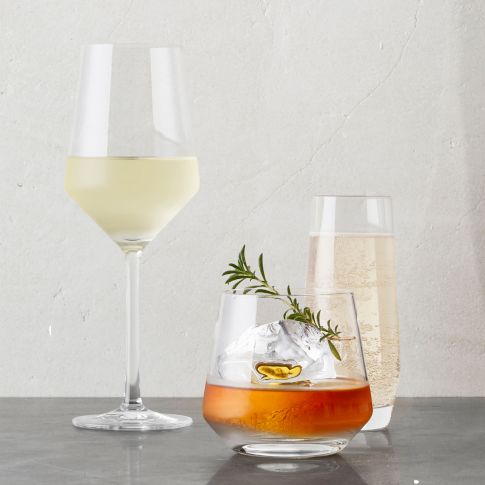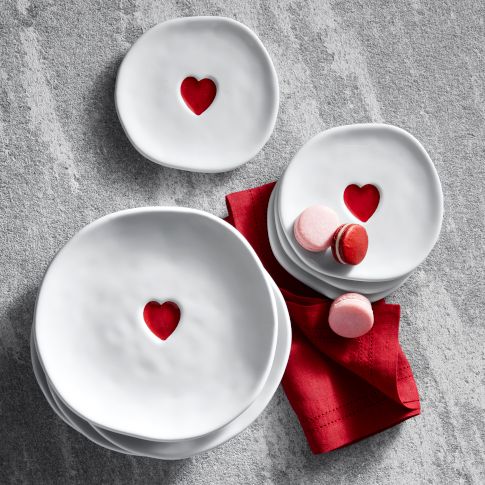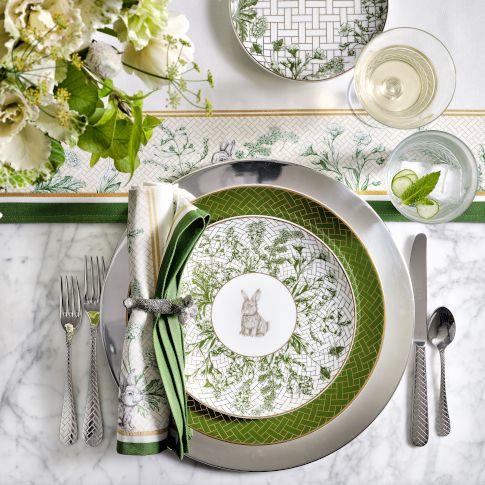Tabletop & Bar
Sale & Clearance
New & Featured
Entertaining Inspiration
Brands & Collaborations
Seasonal Shops
Tableware, Dinnerware, Serveware & Drinkware
Update your dining room and bar with exceptional dishes, glasses and more from the dinnerware, serveware, and drinkware collection at Williams Sonoma.
Making your dining room table look exquisite is easy with the help of Williams Sonoma’s dinnerware collections. Whether you prefer French White Porcelain or Fine China you will be able to stun your guests with a gorgeous dinnerware set. Don’t forget to start your party off right though with our olivewood or marble entertainment sets that are part of our serveware collections.
You can go for mature elegance or stick to your young-at-heart ways with bourbon glasses in regal and fun styles. Please yourself or a true connoisseur of happy hour with a set of engraved, double-cut crystal Old Fashioned cocktail glasses. Or give a gift of a monogrammed decanter and matching Old Fashioned glasses for a special present they'll use all year long. Etched, cut and colored glass options are available in all of our barware styles to match any bar setting, event or personality.
Barware Makes It Party Time
Add a golden glow to the festivities or your after-work relaxation time with copper barware that holds the heat or the cold. Hammered and embellished copper bar tools and cocktail sippers add a fresh look to a boring bar, and they mix and match with glassware in blue and other colors to create your own bar color scheme. Our barware collection includes bar tools in stainless steel, copper and other materials.
Choose from Boston shakers, Hawthorne strainers and jiggers in our bright copper barware collection. Or, stock your bar with kits that include the above plus copper julep strainers, stirring spoons and martini coupes. Other styles of cocktail mixers are available in the barware collection so you can coordinate your bar to suit your mixing and entertaining habits. If beer is the thing for you, savor your craft beer collection with the right beer glasses including wheat-beer and Pilsner-style glasses you may have monogrammed.
Freezable beer glasses and stout mugs are also great choices for the beer aficionado, but the ultimate gift for a beer-lover may be our classic pint glasses in sets of four. Pint glasses are also perfect barware to personalize for your own bar or a friend's setup.
Cocktail Mixes & Other Cocktail Essentials
Order martini glasses and coupes in an array of shapes from the formal to the minimalist. Snifters are a must for brandy and cognac, but they also make wonderful whiskey and bourbon glasses. The rounded shape keeps the lovely aroma in the glass to increase sipping enjoyment. Even beer fans are using snifters to enhance the taste of their high-gravity beers. A set of hammered copper mugs is a must for beverages that need to be kept chilled or hot. If you entertain in hot climates, add a set or two of margarita glasses for your frozen drink enjoyment. Whether you need bourbon glasses, beer glasses or wine glasses, browse our entire collection of barware and cocktail glasses to choose the styles that speak to your decor and sipping preferences. We also have a great assortment of delicious cocktail mixes that cater to all of your drink mixing needs.










